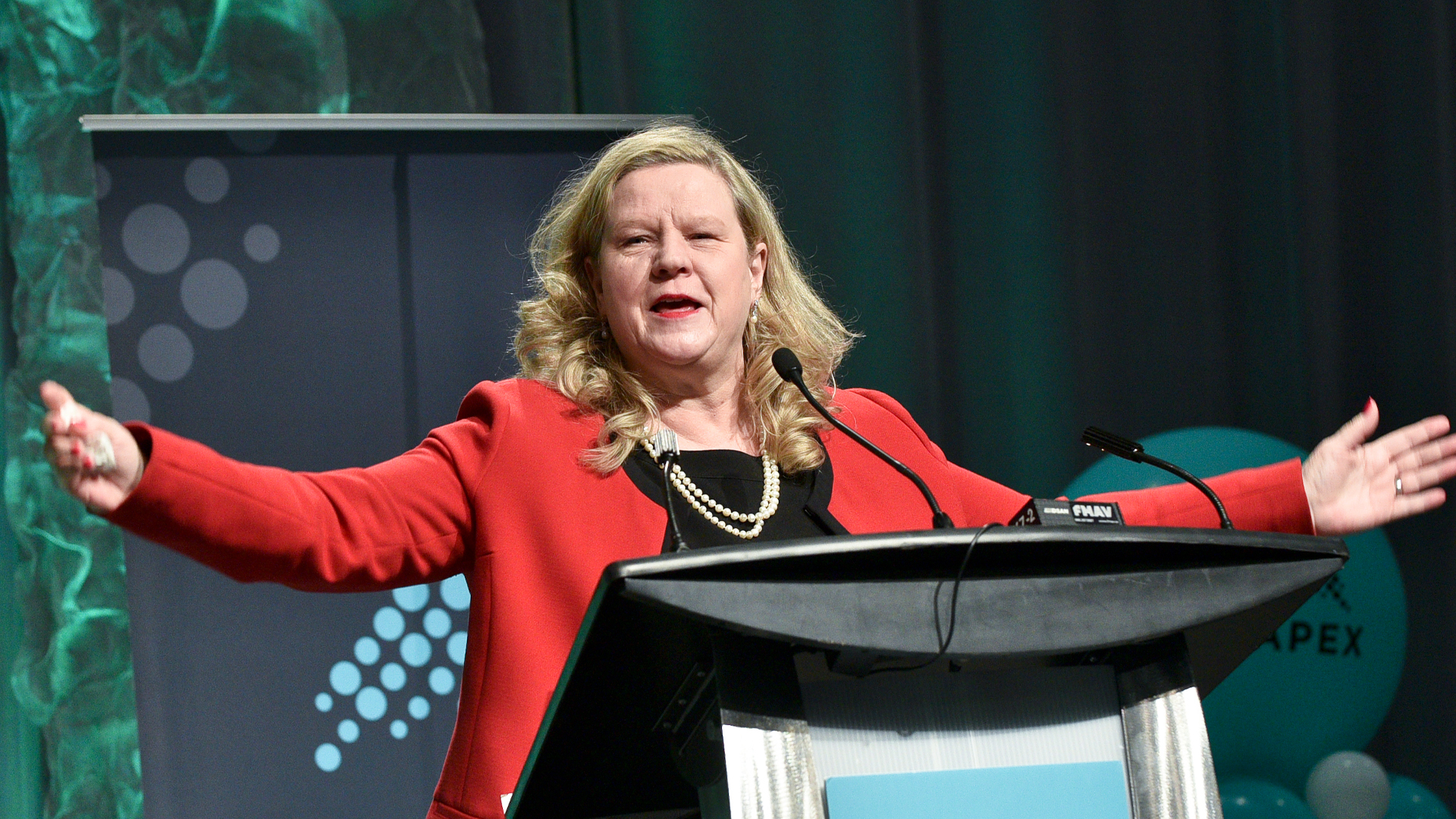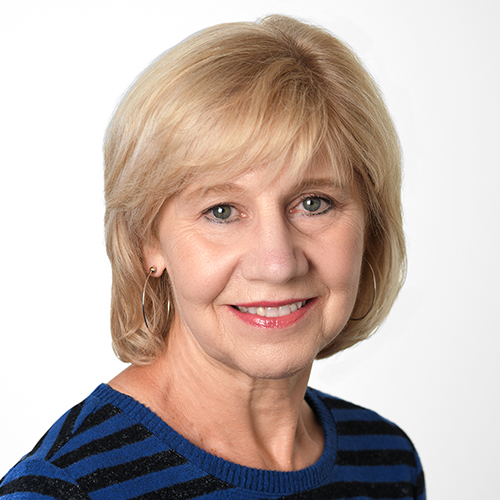
OTTAWA – Janice Charette left the job as Canada’s top bureaucrat stressing that the public service must turn its attention to “organizational health” so it can manage in a world seemingly gone haywire with one crisis on top of another.
Charette, who retired last week as clerk of the Privy Council Office, called organizational health the “new frontier” in renewing the public service, which emerged from a once-in-a-century pandemic with its management performance – the good and the bad – fully exposed.
Every part of society, every family, every employer is dealing with significant changes to the way we live, socialize and interact because of the pandemic, she said in an interview.
“But the conversation we need now is around organizational wellness. How are organizations dealing with one crisis after another, with workload pressures 24/7 and in the complicated and somewhat conflictual operating environments governments are functioning in?”
That conversation is a tall order. Critics and observers say there’s so much that needs fixing in the way human resources, technology and finances are managed. They were built for another time and are out sync with the speed and expectations of the digital age.
The public service, with 350,000 employees, is also as big as it has ever been, and the social and economic problems it tackles more complex.
Organizational health is one of those corporate buzzwords that boils down to how effectively an organization manages and adapts to change.
“An enterprise focus on organizational health is exactly what this government needs because the need to be adaptable, resilient, and engaged is not going away,” said Stephen Harrington, Deloitte’s workforce strategy advisory leader.
He likens it to training for a marathon. You have to prepare, eat, train, and sleep right.

Charette and her predecessors have spent years working on ways to support health and wellbeing of their employees – with varying degrees of success. They’ve made mental health, accessibility for persons with disabilities, reducing anti-Black racism and increasing diversity and inclusion top management priorities. They’re all linked and part of recruiting a public service that reflects the country.
The shift in emphasis must come as workloads are increasing, stress is high and disability claims are climbing. Workplace issues have a disproportionate impact on the mental health of Indigenous, Black and racialized workers, those with disabilities, and those from religious minorities and the 2SLGBTQIA+ community.
Charette said examining organizational health means analyzing how structures, controls, rules, processes and oversight is contributing to work overload, long hours, and stress, as well as turning off the skilled workers it needs to keep and attract.
Charette recently told a mental-health conference that Canada’s largest employer needs a reset.
“You can’t boil an ocean”
“Leaders need to think about how we pivot now to support organizational wellness. COVID also gave us some not-so-great work practices – workers were at home and available to work 24/7. That is wonderful and essential in a crisis. But it is not sustainable.”
She argues a key part of the next renewal is figuring out what issues to focus on because “you can’t boil an ocean.” Charette, however, steers clear of prioritizing what should be tackled first, leaving that up to her successor, John Hannaford, who takes over this week.
“How do you make sure that public service is fit for purpose in a very different world going forward? That is a timely question, and that’s going to be a question for my successor,” she said.
“I’m going to leave to John to define what his priorities are going to be and how to approach them.”
Clearly, the big issue is workload.
The Liberals have an ambitious agenda with big plans for climate change, transition to a clean-energy economy, and reconciliation – not to mention cabinet ministers loaded up with hundreds of must-dos in their mandate letters. Then there’s the impact of crises erupting around the world and all those day-to-day issues that crop up.
And she’s lived it. As she says, whatever issues landed on the prime minister’s desk landed on hers.
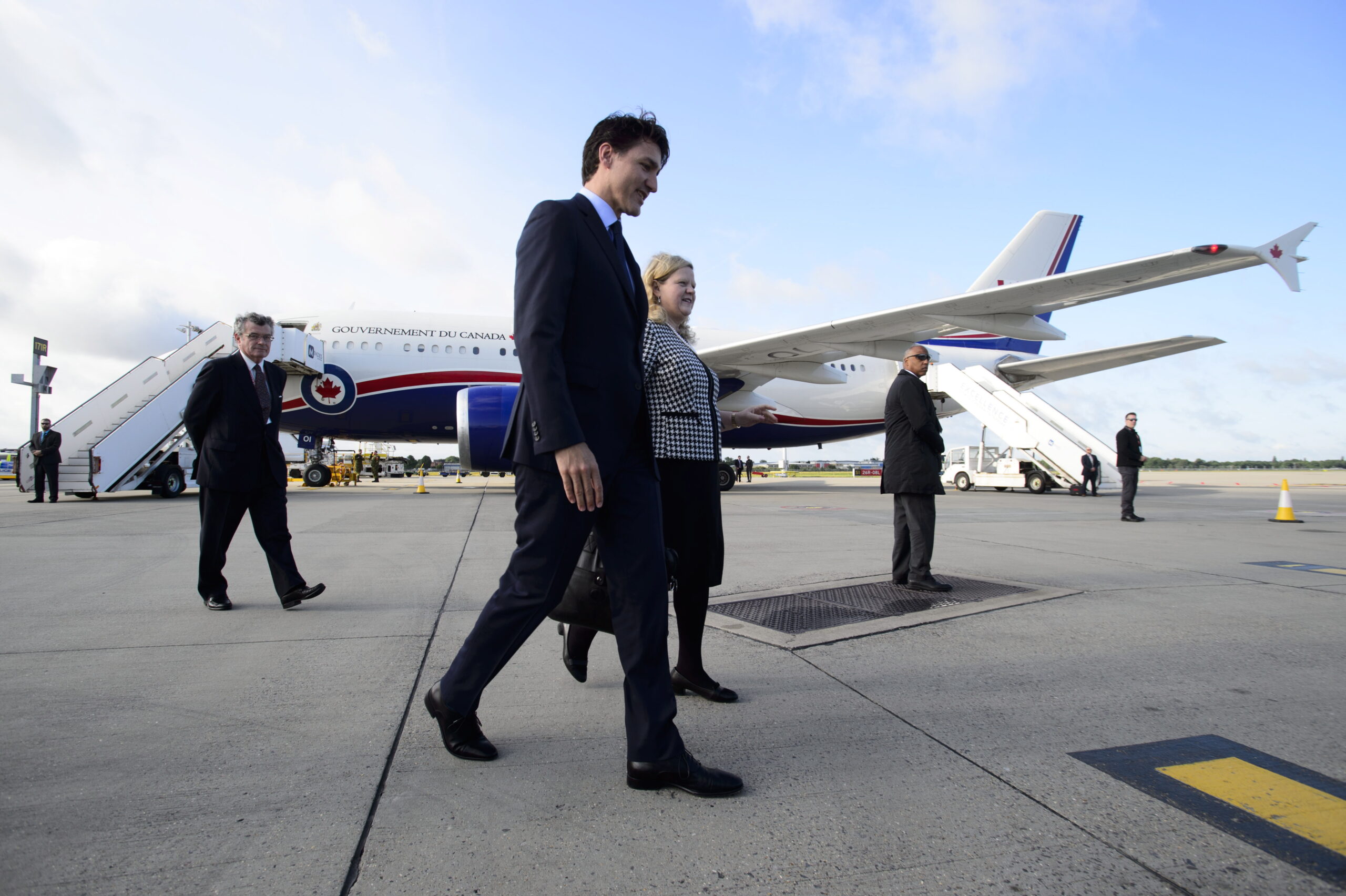
As clerk, she stickhandled the emergence from the pandemic, a shift to hybrid work, service delivery cockups with passport and immigration backlogs and the biggest public-service strike in 30 years. There is the war in Ukraine, a trucker protest, the invoking of the Emergencies Act and the machinery-of-government crisis over foreign interference. Don’t forget floods, fires, soaring inflation, housing shortages and all the day-to-day distractions of social media, partisan attacks and 24-hour news cycle.
Everyone talks about the world being in “polycrisis,” the term popularized by historian Adam Tooze to describe the coming together of multiple crises at once with the ensuing damage greater than the sum of each part.
“I’m a believer that the polycrisis is here to stay. I think that is a feature of public administration,” Charette says.
The government has enduring priorities, she says, that include addressing inequality, fixing climate change, Canada’s economic growth, prosperity and role in the world.
“All those (priorities) don’t change. It’s the layer of stuff that’s sitting on top of it, and then the crises,” she says.
“The questions for renewal going forward are whether we are affectively organized for that world. Are we trying to do that and everything else at the same time?”
And Charette worries the public service is not ready.
She said it’s as if everyone thought that once the pandemic was over, we would get back to the way things were. She likens it to waiting for “regular programming to resume after this special broadcast.”
“You know what?” she said. “There is always going to be a new special broadcast. I think the world of ongoing special broadcasts in a world of regular programming is here to stay.”
A more permeable public service
During Charette’s final days as clerk, senior bureaucrats, academics and politicians were blocks away in an Ottawa hotel at a conference talking about governments’ institutional resilience during COVID-19. They talked about lessons learned by governing in a crisis and how to adapt for the next one.
They rhymed off examples of governments pulling off feats unimagined pre-pandemic – and in record time. But there’s a lot that needs fixing for public servants to do their jobs better: procurement rules, an outdated job classification system and staffing rules. It can take nearly a year to hire someone. Unions are stuck in an industrial labour regime. There’s too much reliance on contracting. Old legacy IT systems had to be tricked to get out COVID-19 benefits.
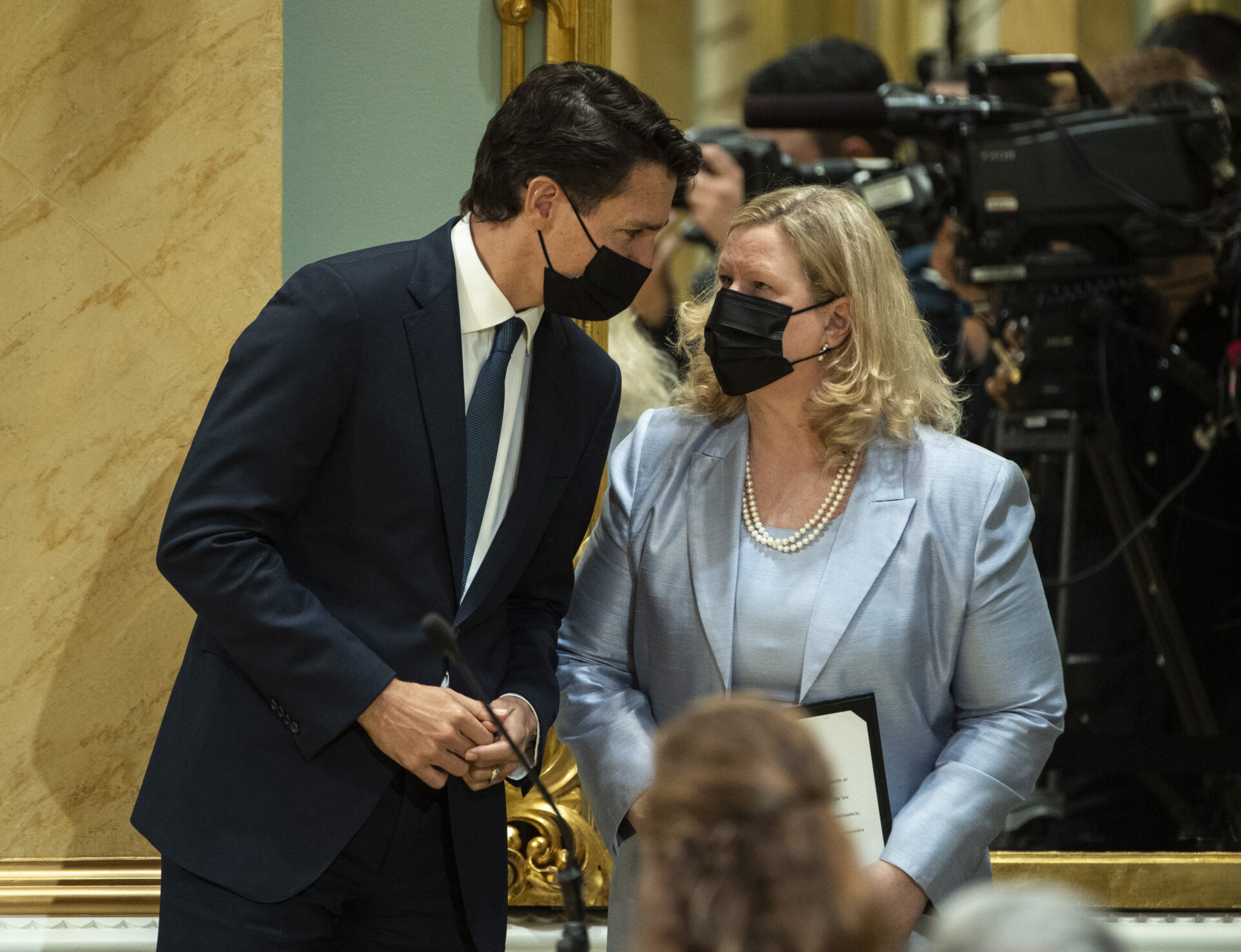
A key piece of a reset should be driven by skills, Harrington of Deloitte argues. The government needs to “upskill and reskill” because the skills the government needs will change rapidly. Generative AI alone is going to replace tasks, eliminate jobs and even create new ones.
Charette acknowledged it may also be time to re-think a career public service and make it more “permeable.” Rather than spending 35 years in the public service, people could work there for a few years, move to the private and nonprofit sectors, and perhaps return to the federal government.
Alasdair Roberts, a professor of public policy at the University of Massachusetts, just finished a stint as the Jocelyne Bourgon Visiting Scholar at the Canada School of Public Service, where he studied adaptability as key to countries’ survival in this turbulent century.
He argues one of the big threats to Canada’s adaptability is the health of the public service. Public servants’ risk aversion stems from a 50-year build-up of controls with new oversight watchdogs to improve accountability, he maintains. On top of that, bureaucrats face a new layer of political control, the growing arm of ministerial staffers he calls the “political service.”
“A country cannot be adaptable if its public service is incapable of taking new ideas and translating them into action efficiently,” he said.

Charette cautions a big challenge in sorting out the obstacles is “how we put a bias on agility and responsiveness without losing the due diligence we need as stewards of public resources and the public interest.”
Roberts joins Donald Savoie, Canada’s pre-eminent scholar on public administration, in calling for a royal commission on reforming the public service.
“We can’t expect public-service managers to have the kind of oversight bodies we have now looking over their shoulders every single day,” said Savoie.
The clerk’s role comes with the power and influence to lead a major reform, but Hannaford won’t have the time to do it, Savoie argues.
“It’s not that the incoming clerk is not up to it, but he is too busy. Too many crises thrown at him. Too many issues. Ministers bouncing around to keep under control. So many issues. I think what you needed is a parallel process, call it what you want, to look at these fundamental issues.”
The Comeback Clerk
The clerk’s job is one of those powerful and unsung jobs. The clerk wears three hats: deputy minister to the prime minister, secretary to cabinet and, head of the public service. Charette estimates she has equally divided her time between the three hats over the course of a given year.
Charette is the second woman to become clerk, a job she held not once but twice. She also served as clerk for both Conservative and Liberal governments. Being appointed clerk twice happened only once before, when Justin Trudeau’s father, Pierre, appointed confidante Michael Pitfield to the post.
As clerk, Charette met the gold standard, Savoie says. She is well-respected and “made no faux pas,” which can be tricky for a non-partisan in a fraught political system.
Charette was first picked as clerk by former prime minister Stephen Harper. Prime Minister Justin Trudeau replaced her only to bring her back as interim clerk in March 2021 and then reinstated her in May 2022 as clerk in a permanent position.
Why she was punted still bewilders the town, but she won much respect among peers for agreeing to come back from London, where she was Canada’s high commissioner to the U.K., to fill in at her old job when then-PCO clerk Ian Shugart fell ill.
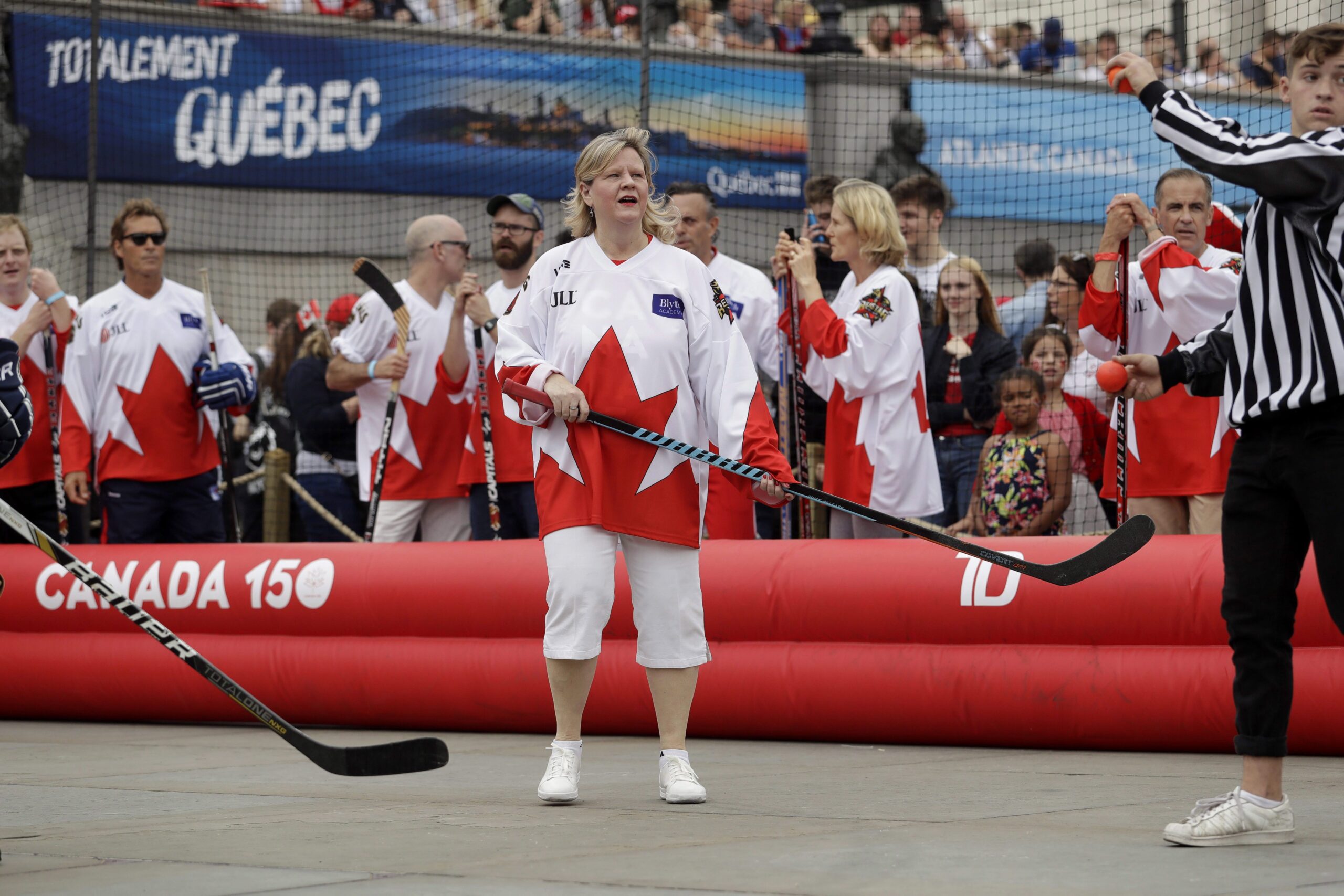
Those who have worked with or for Charette say she is an unusual mix: smart, a tireless worker with a dry sense of humour. She is warm, brings a human touch and empathy but is also pragmatic, uses common sense and has one of the best “bullshit detectors,” as one senior official put it.
Unions, however, opposed the government’s mandatory back-to-office order and Charette took lots of heat on social media from angry public servants who blamed her for the decision.
Charette was born and raised in Ottawa, her mother a hairdresser and father a gasfitter. She went to Carleton University and joined the government in 1984 as a term employee at Finance, setting off a serendipitous 40-year career path to the top. She says she has worked on too many budgets to count, health agreements, constitutional talks and every kind of thorny social policy and economic issue.
But she also knows the cut-and-thrust of politics. During the Mulroney era, she worked as a departmental liaison officer for Tory finance ministers Michael Wilson and Don Mazankowski, and then to the prime minister’s office under the short-lived Kim Campbell government. She later became chief of staff for Jean Charest when he was leader of the federal Progressive Conservative Party of Canada.
She sailed through the ranks with stops at Justice and as an associate deputy minister at Health and PCO. Her first department as deputy minister was at Citizenship and Immigration followed by a stint at the giant Employment and Social Development Canada. She became deputy clerk in 2014.
A push for mental health
She has been a fierce mental-health advocate and the first clerk in the Commonwealth to make mental health a management priority.
Charette was hit hard in 2010 by the suicide tragedy of 14-year-old Daron Richardson, daughter of then-Ottawa Senators’ assistant coach Luke Richardson.
Charette knew Richardson and his wife well, spending hours at the ice rink watching Richardson’s other daughter, Morgan, and Charette’s daughter Cassie play hockey together. She said the tragedy, which no one saw coming, was like a “bolt of lightning for me. If I was going to do something, I was going to see what I could do with mental health.”
She joined the board of directors at the Royal Ottawa Health Care Group, where she served for nine years and focused on mental-health services for youth. The Do-it-For-Daron initiative has raised youth awareness about mental health, and the Royal has introduced a research chair for suicide prevention.
When she became clerk, the health and wellness of the public service became her responsibility and she made it a management priority and linked deputy ministers’ performance pay to how respectful a workplace they run.
With Hannaford’s unexpected pick, “the qualifications for clerk are changing”
The public service’s biggest disruption in decades: hybrid work
Canada’s top bureaucrat nudges public service toward hybrid office
“She’s known for consistently adding value to everything she did,” says one senior bureaucrat, which makes it’s difficult to pick one project or initiative as her legacy. “She had such an impact in every department and did such a broad range of things. She’s not a one-hit wonder.”
“She’s had more of a systematic impact. It almost diminishes her if you look at the individual things she did.”
And don’t even ask Charette what she’s doing next. “Like honestly, I’m doing nothing for three months. Maybe a lunch. I am going to sleep, read books and learn to do one thing at a time.”
Charette finished up the last couple weeks on the job managing the transition for her successor. She finished her final report to the prime minister; was awarded an honorary degree from Carleton University; chaired her last deputy minister retreat and was a guest on a department podcast where she fought back tears saying goodbye.
In her final speech to federal executives, with outstretched arms, she channeled Tina Turner and thanked them all.
“You’re simply the best.”




